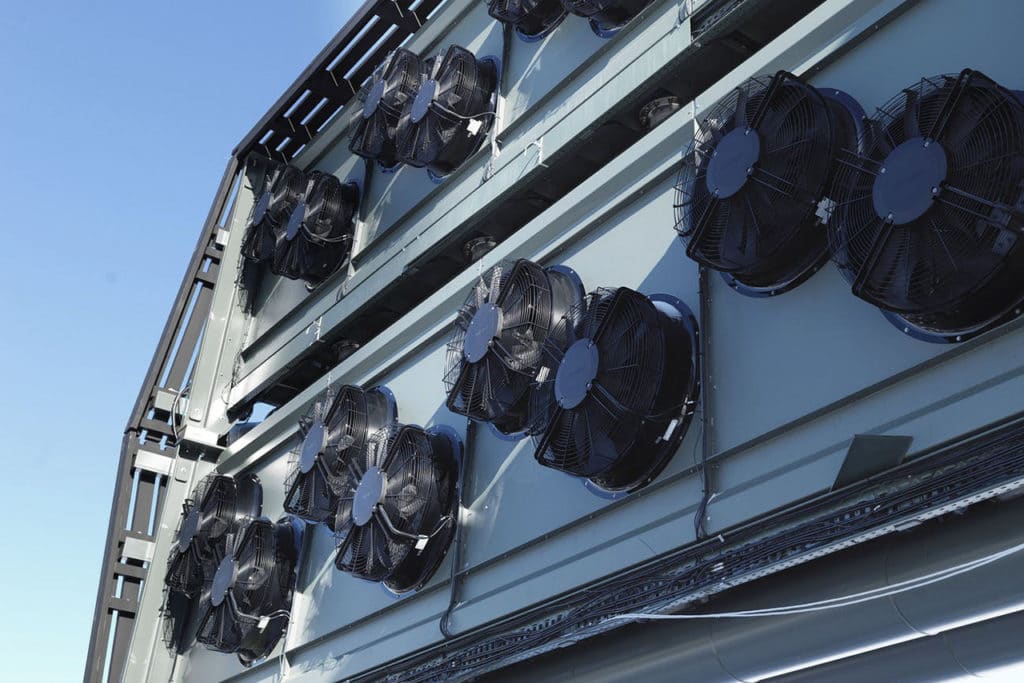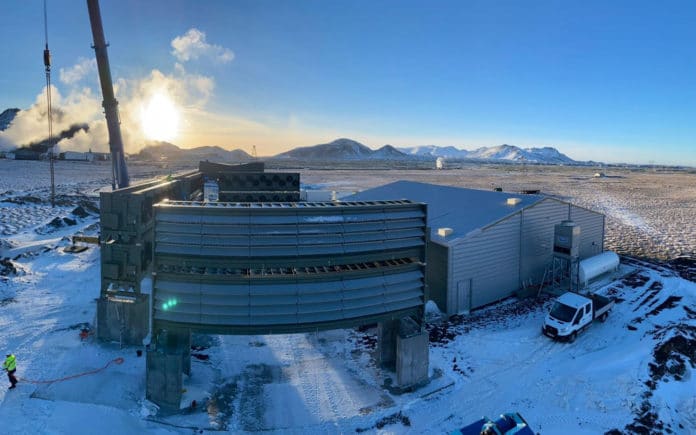To prevent the worst impacts of global warming, we’ll need to not only reduce emissions but also remove and store some carbon dioxide from the atmosphere. Extracting some carbon from the air with brilliantly engineered machines can help.
Zurich-based Climeworks, which specializes in capturing carbon dioxide directly from the air, has launched Orca, the world’s largest direct air capture and storage plant that permanently removes millions of tonnes of CO2 from the air. It will take carbon dioxide removal to the next level by combining Climeworks’ direct air capture technology with the underground storage of carbon dioxide provided by Carbfix, an Icelandic carbon storage firm.
Climeworks has opened its new large-scale carbon dioxide removal plant in Geothermal Park in Hellisheidi, Iceland, on Wednesday (Sept. 8). The Orca project aims to capture 4000 tons of CO2 per year – which is only a small fraction of global carbon emissions – that will then be stored underground and turned into stone.
The company has already started design work on a facility 10 times larger than would be completed in the next few years.
The facility in Iceland consists of eight collector containers with an annual capture capacity of 500 tons each. These containers are arranged around a central process hall that accommodates all electrics, such as the processing unit, allowing the operators to control the facility from afar. Strategically located adjacent to ON Power’s Hellisheiði Geothermal Power Plant, Orca runs fully on renewable energy or energy-from-waste.

The collector containers are the heart of the Orca plant: this is where the two-step process of capturing carbon dioxide takes place. First, the plant utilizes massive fans to draw in large amounts of air. Carbon dioxide is captured on the surface of a highly selective filter material that sits inside the collectors. Second, after the filter material is full of carbon dioxide, the collector is closed. The carbon-rich chemicals are then heated to about 100°C to release carbon dioxide as a pure gas.
Carbfix will then mix the pure CO2 gas with water and pump it deep underground. Through natural mineralization, the carbon dioxide reacts with the basalt rock and turns into stone within a few years. The carbon dioxide is thus removed from the air and returned to earth permanently and safely.
Leading scientific studies indicate that by mid-century, 10 billion tons of carbon dioxide will need to be removed from the air every year. Direct air capture is one solution that can help achieve this goal.
Direct air capture also provides a sustainable source of carbon dioxide. The gas is recycled from the air as useful raw material, maintaining a healthy balance of carbon dioxide in the air because no additional carbon dioxide is produced. Pure carbon dioxide can be used to produce renewable, carbon-neutral fuels and materials.
While direct air capture is still a new and rather expensive technology, carbon offset from Orca is already in such high commercial demand – including the likes of Bill Gates. The high demand has been surprising to some as the plant is costing as much as €1,000 ($1,200) for a tonne of CO2 removed.
